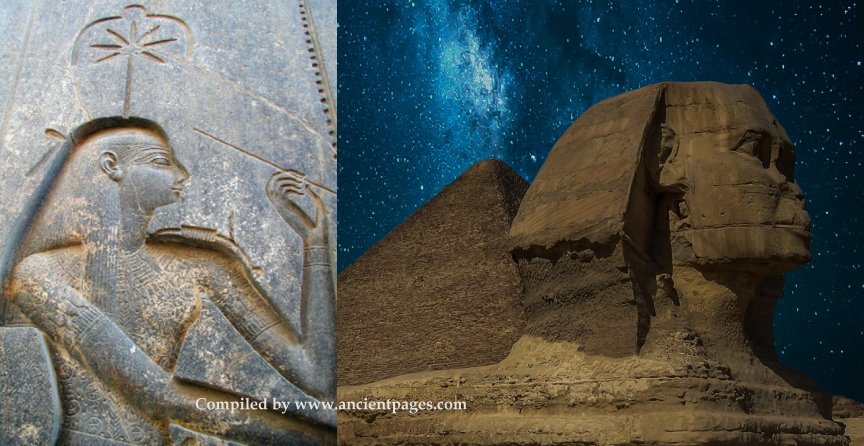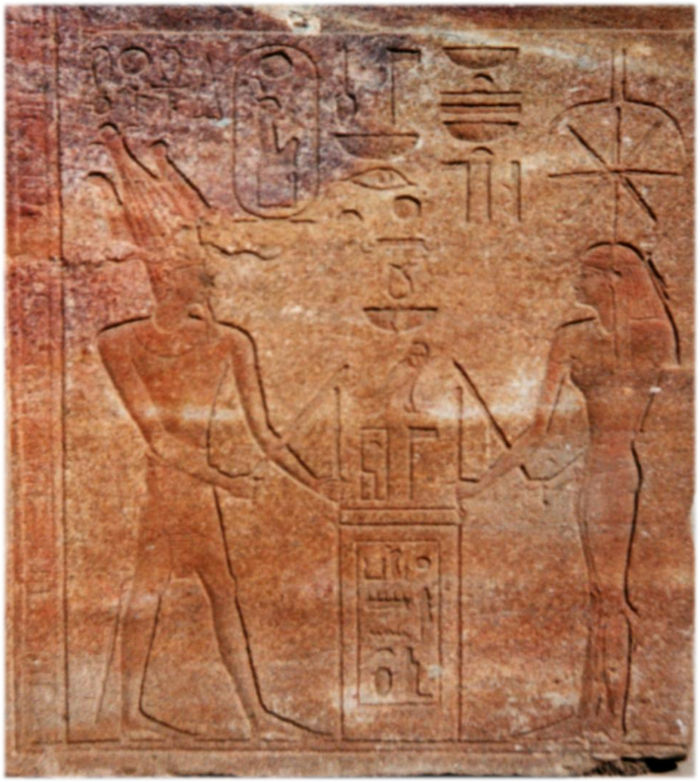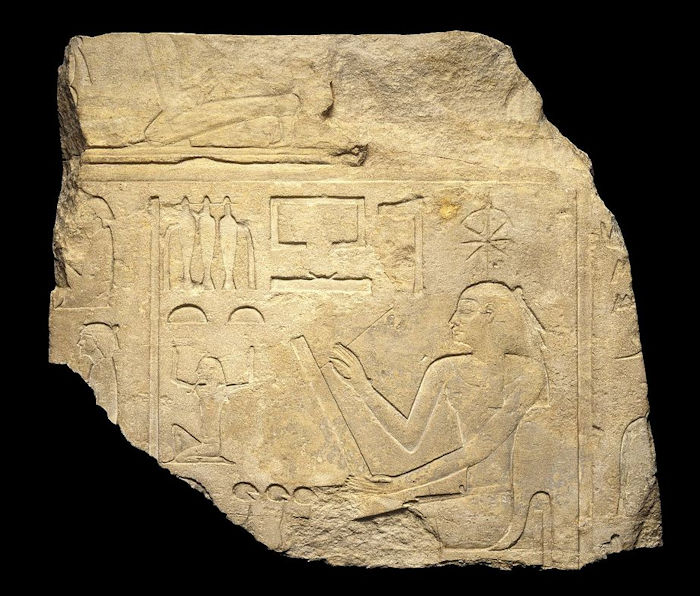Seshat: Goddess Of Astronomy Aligned Sacred Monuments To The Stars Long Before Imhotep
Ellen Lloyd - AncientPages.com - Known for her astronomical knowledge, Lady of the Stars, goddess Seshat played a vital role in the construction of sacred Egyptian buildings. She assisted the pharaoh in the Stretching of the Cord ritual to align the sacred monuments to the stars.
Why Was The Sacred Stretching Of The Cord Ceremony Performed?
The mysterious Stretching of the Cord ritual dates to very ancient times. It was performed by ancient Egyptian priests long before Imhotep built the Sakkara pyramid.
Imhotep was well-known for his intelligence and wisdom. Imhotep, or “he who comes in peace,” was an ancient Egyptian genius and the great architect of the world’s first known monumental stone building, the Step Pyramid at Sakkara.
As previously discussed on Ancient Pages, there is no doubt that Imhotep was a mastermind. Still, it remains unknown from whom he acquired his vast knowledge of astronomy and the art of stone masonry.
One possibility is that Imhotep was a member of the mysterious Shemsu Hor, who were followers of Horus. The Shemsu Hor were semi-divine kings in predynastic Egypt. According to sacred ancient Egyptian texts, the Shemsu hor were present in Egypt during the Golden Ages of the original divine kings, and they remained there long after these kings ascended back to the stars.
The Shemsu Hor inherited sacred knowledge of the pyramids, the Sphinx, and the surrounding energy fields.
In ancient Egypt, the orientation of the buildings was of great importance because the Pharaoh received his power from the Northern Stars.
The stretching of the cord ceremony in the temple of Karnak. Credit: Lothar Derstroff - CC BY-SA 3.0
The Pharaoh conducted the sacred ceremony, Stretching of the Cord, to orient the temples and tombs before building them.
Together with Goddess Seshat, the Pharaoh stood with a hammer in one hand and a pole in the other. Seshat held the same objects in her hands and pulled a cord wrapped between their respective poles.
The Pyramid Texts described the ceremony as: “I have grasped the stake…I take the measuring cord in the company of Seshet. I consider the progressive movements of the stars. My eye is fixed upon the Bull’s Thigh [Ursa Major]. I count off time…and establish the corners of the Temple.”
This method helped the pharaoh determine the location of the Northern stars from whence came his power and where his soul traveled. Possessing this vital knowledge, the Pharaoh was able to begin the construction of sacred buildings.
Goddess Seshat Could See In The Dark
Goddess Seshat, ca. 1919-1875 B.C.E. Brooklyn Museum. Credit: Charles Edwin Wilbour Fund - Public Domain
Intriguing Goddess Seshat was one of the most intelligent deities of ancient Egypt.
In some Egyptian accounts, Seshat is referred to as the wife of Thoth, the Egyptian God of science, literature, writing, and keeper of sacred books. In some texts, she is identified as his daughter and, at other times, as his wife.
She was known as Lady of Builders and patron of the sacred books and libraries.
To Egyptians, the number 7 was one of the most sacred numbers. Often depicted wearing panther skin and a headband with a seven-pointed star and bow, Seshat possessed the ability to see in the dark. Seshat also wore a golden tiara with a stem surmounted by a seven-pointed star.
One of her most important tasks was to record the years that each king reigned, and she was sometimes shown writing the king's name on the leaves of the Persea tree, a sacred tree in ancient Egypt.
According to Egyptian mythology, the Bennu bird was born from the flames of a burning Persea tree. The Bennu bird was similar to the Phoenix, the bird of immortality.
Goddess Seshat, a divine time-keeper, recorded calendar events by observing the cycle of the stars. Much of her knowledge was considered so sacred that it was never shared beyond the ranks of the highest professionals, such as architects and certain scribes.
Seshat, the goddess of accounting, architecture, astronomy, astrology, building, mathematics, and surveying was someone who would today be called a great scientist.
Updated on July 7, 2022
Written by - Ellen Lloyd – AncientPages.com
Copyright © AncientPages.com All rights reserved. This material may not be published, broadcast, rewritten or redistributed in whole or part without the express written permission of AncientPages.com
Expand for referencesMore From Ancient Pages
-
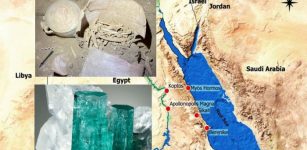 Roman Empire’s Emerald Mines In The Egyptian Eastern Desert – New Evidence
Archaeology | Mar 2, 2022
Roman Empire’s Emerald Mines In The Egyptian Eastern Desert – New Evidence
Archaeology | Mar 2, 2022 -
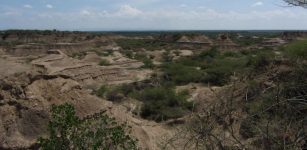 230,000-Year-Old Human Remains Discovered In Eastern Africa – Rewrite Ancient History
Archaeology | Jan 14, 2022
230,000-Year-Old Human Remains Discovered In Eastern Africa – Rewrite Ancient History
Archaeology | Jan 14, 2022 -
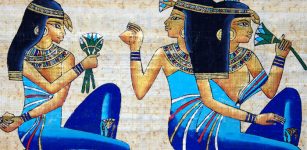 Ancient Scents Can Be Reconstructed With Help Of Modern Science – Researchers Say
Archaeology | Mar 28, 2022
Ancient Scents Can Be Reconstructed With Help Of Modern Science – Researchers Say
Archaeology | Mar 28, 2022 -
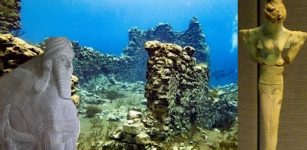 Searching For Dilmun: Underwater Ruins In The Persian Gulf Predate The Pharaohs And Sumer
Civilizations | Apr 24, 2023
Searching For Dilmun: Underwater Ruins In The Persian Gulf Predate The Pharaohs And Sumer
Civilizations | Apr 24, 2023 -
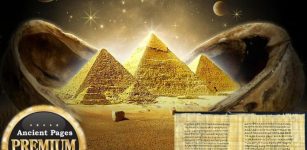 Secrets Of The Gods – Why The Papyrus Of Manetho And His Pre-Dynastic King List Upset Egyptologists
Artifacts | May 16, 2017
Secrets Of The Gods – Why The Papyrus Of Manetho And His Pre-Dynastic King List Upset Egyptologists
Artifacts | May 16, 2017 -
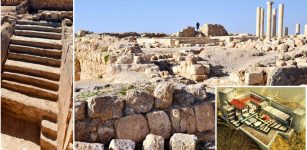 Ritual Bath In Herod’s Fortress Found In Ruins Of Machaerus, East Of Jordan River
Archaeology | Jun 16, 2017
Ritual Bath In Herod’s Fortress Found In Ruins Of Machaerus, East Of Jordan River
Archaeology | Jun 16, 2017 -
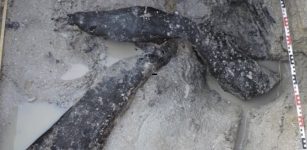 Discovery Of Half-Million-Year-Old Wooden Structure Shows We’re Wrong To Underestimate Our Ancient Relatives
Featured Stories | Oct 10, 2023
Discovery Of Half-Million-Year-Old Wooden Structure Shows We’re Wrong To Underestimate Our Ancient Relatives
Featured Stories | Oct 10, 2023 -
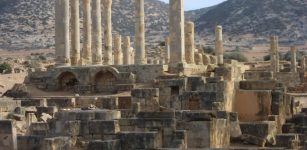 University Of Warsaw Archaeologists Return To Study Large Ancient City Of Ptolemais
Archaeology | Sep 8, 2023
University Of Warsaw Archaeologists Return To Study Large Ancient City Of Ptolemais
Archaeology | Sep 8, 2023 -
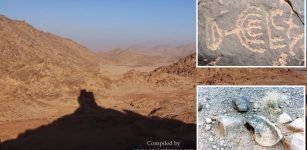 Ancient Hebrew Inscription Reveals Location Of Biblical Mount Sinai
Archaeology | Nov 21, 2019
Ancient Hebrew Inscription Reveals Location Of Biblical Mount Sinai
Archaeology | Nov 21, 2019 -
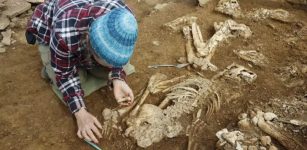 Riddle Of Orkney’s Lost Tomb – Fascinating Neolithic Discovery
Featured Stories | Nov 15, 2023
Riddle Of Orkney’s Lost Tomb – Fascinating Neolithic Discovery
Featured Stories | Nov 15, 2023 -
 First Dream Of The New Year – Japanese Hatsuyume Tradition
Ancient Traditions And Customs | Jan 1, 2021
First Dream Of The New Year – Japanese Hatsuyume Tradition
Ancient Traditions And Customs | Jan 1, 2021 -
 Scientists Closer To Solving The Mystery Of When Animals Evolved
Evolution | Jul 6, 2023
Scientists Closer To Solving The Mystery Of When Animals Evolved
Evolution | Jul 6, 2023 -
 Advanced Technology Of The Ancients: Artificial Platforms Of Mighty Nan Madol
Civilizations | Sep 14, 2018
Advanced Technology Of The Ancients: Artificial Platforms Of Mighty Nan Madol
Civilizations | Sep 14, 2018 -
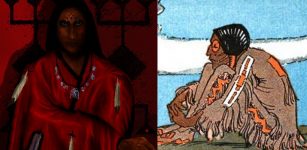 Iktomi – Native American Spider-Trickster Spirit Whose Stories Teach Moral Values
Featured Stories | Jan 28, 2019
Iktomi – Native American Spider-Trickster Spirit Whose Stories Teach Moral Values
Featured Stories | Jan 28, 2019 -
 New Species Of Softshell Turtle That Lived In North Dakota 66.5 Million Years Ago With Dinosaurs Discovered
Fossils | Mar 14, 2022
New Species Of Softshell Turtle That Lived In North Dakota 66.5 Million Years Ago With Dinosaurs Discovered
Fossils | Mar 14, 2022 -
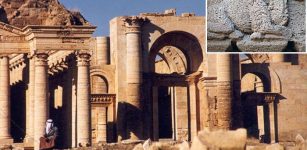 Hybrid Camels Revealed In Ancient Arab Temple Art At Hatra, Northern Iraq
Archaeology | Mar 15, 2022
Hybrid Camels Revealed In Ancient Arab Temple Art At Hatra, Northern Iraq
Archaeology | Mar 15, 2022 -
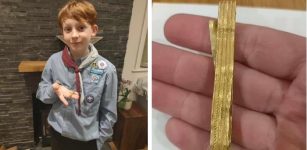 Young Boy Discovers Rare Ancient Roman Treasure In Sussex, UK
Archaeology | Apr 15, 2024
Young Boy Discovers Rare Ancient Roman Treasure In Sussex, UK
Archaeology | Apr 15, 2024 -
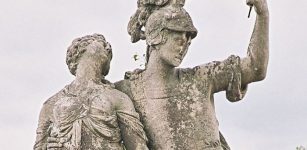 Tyrannical Tarquin The Proud: The Seventh And Last King Of Rome Was Banished
Featured Stories | Jan 28, 2020
Tyrannical Tarquin The Proud: The Seventh And Last King Of Rome Was Banished
Featured Stories | Jan 28, 2020 -
 Ask And Embla: First Human Pair Created By Powerful God Odin And His Two Brothers
Featured Stories | Sep 24, 2016
Ask And Embla: First Human Pair Created By Powerful God Odin And His Two Brothers
Featured Stories | Sep 24, 2016 -
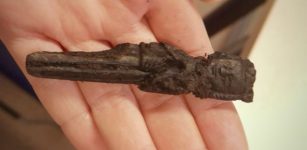 Strange Medieval Figurine With A Crown On The Head And A Falcon On The Arm – Is It A King Or A Queen?
Archaeology | Dec 16, 2021
Strange Medieval Figurine With A Crown On The Head And A Falcon On The Arm – Is It A King Or A Queen?
Archaeology | Dec 16, 2021

